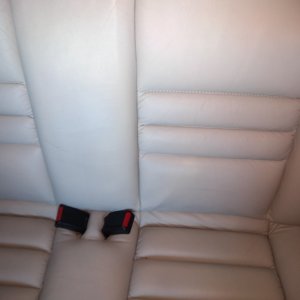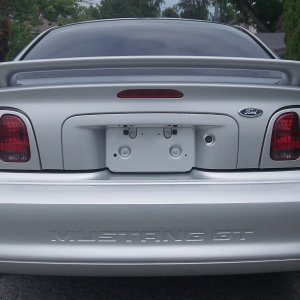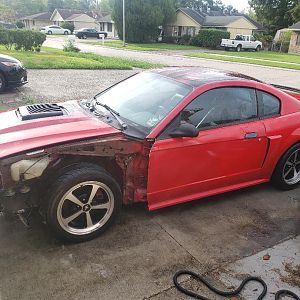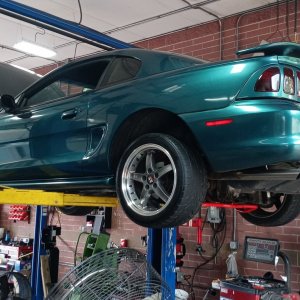You should be able to swap out that piece of the fusebox for a junkyard one or swap part of a junkyard fuseblock into your car. You will need to depin the various terminals in your current fusebox and stick them back in place later, but that's pretty doable with some time and care. This falls into the "tedious, but not hard" category once you know how to do it.
If you want to try this, you need to grab an
identical fusebox or two from a junkyard and experiment on them
first to see how things come apart and go back together. I did that for my '06 Ranger to figure out how to add a few circuits to empty fusebox slots for extra lights and such, and it came out looking like it came from the factory - you couldn't tell what I'd done unless you looked
really closely at it or you knew a stock fusebox by heart. It took a few tries and experiments, but it only cost me about $70 for four junkyard fuseblocks (I got two wrong ones by mistake the first time - similar is not the same as identical, oops) and I got a bunch of spare fuses/relays to experiment with and keep around as spares. I now know a lot more than I ever thought I would about Ford fuse blocks of that era, especially Ranger and Explorer ones.

If you have never depinned connectors before, there are a videos about it to show the process. A good assorted set of depinning tools is pretty cheap on Amazon or similar, and well worth it if you do this even one time, please ask if you want example links. It takes some patience to get the hang of it, but once you do, it's pretty easy. In most cases a human assembled these things, and they are normally field serviceable with the right tools, parts, and knowledge.
In any connector or fuseblock, every terminal has a small tab or tang that retains it. To remove it, find that tab/tang either on the terminal (push towards the middle of the terminal to release) or on the connector body (push away from the terminal to release). The trick is finding where that tab/tang is and figuring out how to get it moved out of the way without breaking stuff. If you do it right, the terminals can be easily removed and re-inserted multiple times without any issues. On the Ranger, the terminals were larger and
very easy to remove once I figured it out. Smaller terminals are harder to depin as everything is smaller and harder to see/work with, but not impossible, just a bit more fiddly/fussy.
With this type of process, I was able to add four relays into my Ranger's fuse block and about 8 circuits, but it was a way bigger fuse block than the Mustang one and
very under utilized in the Ranger. The Explorer used the exact same fuse block for a few years and had a bunch of extra circuits for power seats and the like that the Ranger never had. I figured since I was in there, I'd fill out a bunch of the extra fuse slots and leave capped off wires in a more easily accessible location for later use, just in case, because if you don't, odds are you'll want to use one a few days after reassembling the fuse block without them.

Happy to answer any questions folks might have.

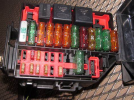
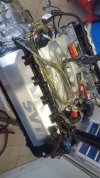

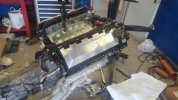

![IMG_20140524_152057360_HDR[1]](/data/xfmg/thumbnail/0/66-1b90088565df25d76ff5bd73b7f47142.jpg?1623783787)

